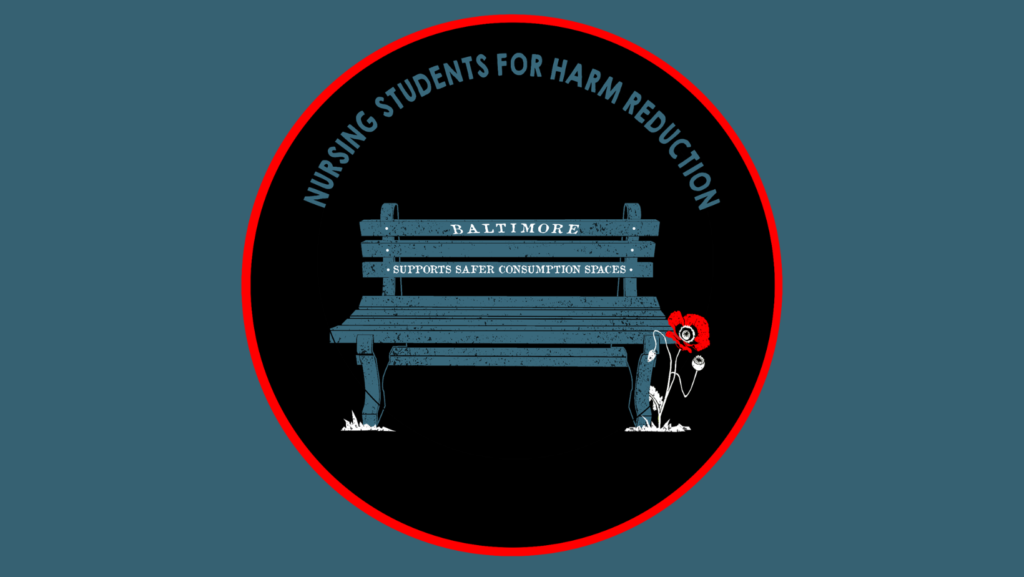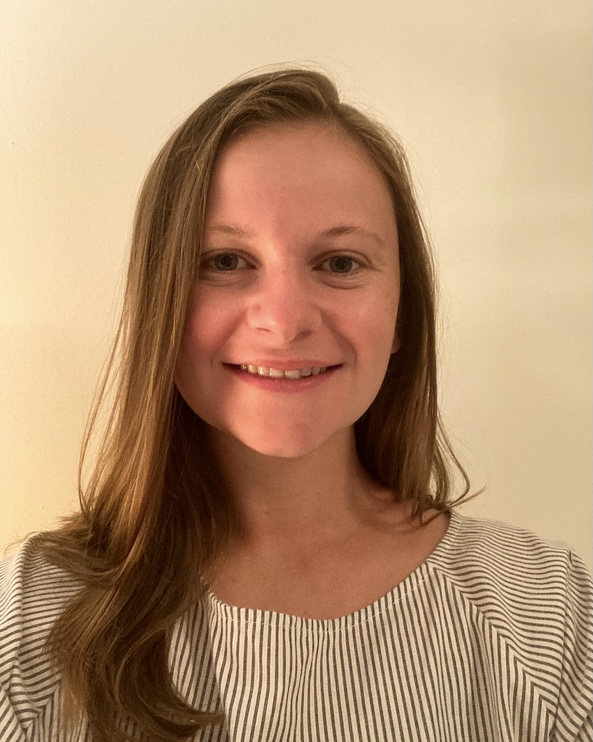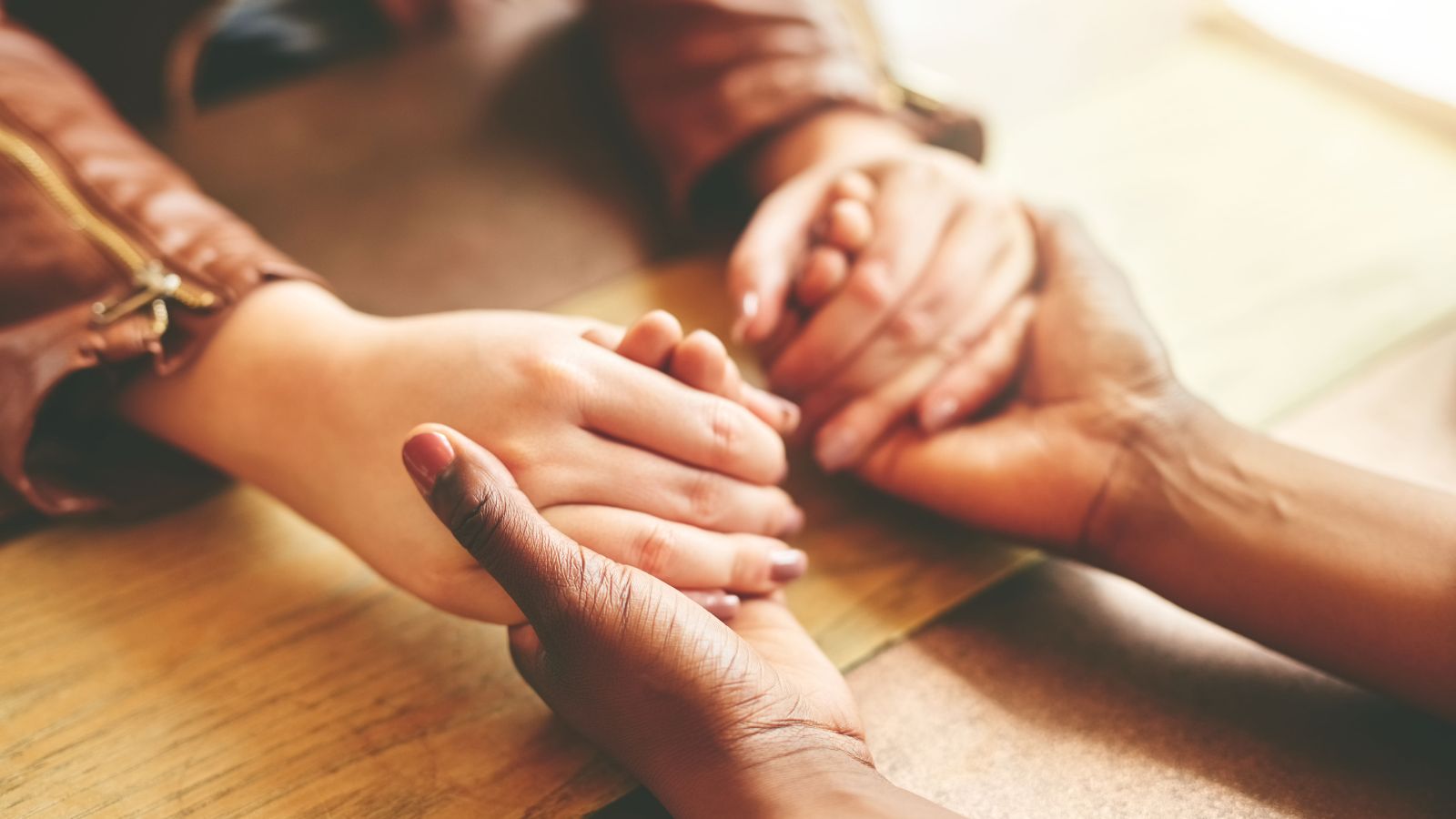My first teachers in nursing school weren’t nurses.
They were veterans of the racist War on Drugs.
They were survivors, though not all are living now.
My heart is shattered into a million pieces, but the pieces are like mirrors reflecting all the light you brought into my world.
I wrote this message anonymously in her memorial online memory book. They didn’t call her Sunshine for nothing. I meant to call her after my first simulation lab of second semester because we were learning how to use an AMBU bag (a manual resuscitator).
Sunshine was there when I held one in my hands for the first time, shaking, unsure of how often to squeeze it as I stared at blue lips and closed eyes. She was leaving her clinic visit and waiting for her cab back to the newest sober home.
“Press it how often you breathe,” she advised, and she knelt beside me on the pavement. “Like this…come on my man, wake up.” The words were for him, though I couldn’t help but feel the encouragement too. Finally, the nurses returned, out of breath, with naloxone and more oxygen. It was hard to keep the outreach bag stocked in those days.
Within minutes, he was breathing again. Sunshine’s cab arrived, but she waved it on to stay with our newly revived friend through the grueling minutes of post-overdose withdrawal. I thanked Sunshine for her guidance and expertise with a hug.
She must be used to it, I thought, having worked as a teacher and all.
She’s definitely used to it, I figured, amidst the overdose crisis and all.
For years, I watched Sunshine save more lives, have her own life saved, navigate the fractured systems of recovery care, survive the hardest of conditions on the street, mentor younger womxn on how to stay safe while doing dates, finally secure her own housing, and spread beams of light throughout the community with her infectious hope and joy. When I got the call that she had passed, my heart ached with regret that someone was not there to give her naloxone or AMBU breaths like she had taught me. These days, I feel the warmth of Sunshine’s hand on my shoulder guiding me, her palpable namesake.
Sunshine, and countless other community members who used drugs taught me lesson after lesson.
They showed me how to respond to opioid overdoses in trauma-informed ways with as little naloxone as possible. They reminded me of the ways that individual nurses can combat the harms of the medical industrial complex. They imagined and designed clinical spaces that fit their health needs, like overdose prevention centers, including centers attached directly to hospitals. All of these teachings are part of and inspired by Harm Reduction, a justice movement and philosophy of community care. For decades, this approach has saved lives and their collective wisdom is finally recognized as a top strategy to reduce mortality and morbidity for people who use drugs at the community, state, and now federal level.
In Maryland, these strategies are necessary. In 2022, over 2,500 lives were lost to overdose. Between 2016 and 2020, fatal overdose among non-Hispanic Black Marylanders increased by 64.5 percent, compared to a 15.3 percent increase among non-Hispanic White Marylanders, revealing a staggering racial disparity. further, overdose is a leading cause of pregnancy associated death. Healthcare barriers make these deaths feel inevitable, but they’re not.
Incorporating Harm Reduction into the Curriculum

At the Johns Hopkins School of Nursing, the Nursing Students for Harm Reduction student group, alongside our advisor Dr. Meredith Kerr, DNP, CRNP, FNP-C, is honoring the living and posthumous legacy of people who use drugs, who are experts in their own needs, by incorporating Harm Reduction into the curriculum.
The MSN (Entry Into Nursing) program hosts community leaders from the Baltimore Harm Reduction Coalition, SPARC Womxn’s Drop-In Center, and other local Harm Reduction organizations, who spend an entire public health lab teaching students to advocate for patients who use drugs. Students learn about stigmatizing language, how to use safe use supplies, how to respond to overdoses in community settings, and how to connect a simulation patient to care after an overdose.
What’s more, the lab (conceived by Dr. Kerr) supplies students with quick reference badges to help them navigate non-stigmatizing language and overdose response steps. Kirah Aldinger-Gibson developed the badge idea while an MSN student; she and Dr. Kerr are currently researching how these badges positively shape student views and increase students’ confidence in their skills. They presented their findings at the Association for Multidisciplinary Education and Research in Substance use and Addiction (AMERSA) conference last year.
With the help of the MSN Curriculum Committee, Dr. Kerr and I are mapping out where next in our curriculum to incorporate principles from the Harm Reduction movement.
We are matching community-led lessons with the American Association of Colleges of Nursing’s competencies, and translating patient expertise into tangible skills. As a result, Hopkins nurses will learn from the experts themselves, passing down Sunshine’s legacy.
This blog is a part of the “Dialogues in Health Equity” series by the Health Equity Faculty Interest Group. They are committed to decreasing health disparities experienced by local and global communities by promoting social justice and health equity through nursing practice, research, education, and service.
About the Author: Caitlin Pollard
Caitlin Pollard is an MSN (Entry into Nursing) student, graduating in May 2024, and co-leader of the Nursing Students for Harm Reduction student group alongside Isabel Plakas (MSN Candidate, 2024) and Kirah Aldinger-Gibson (MSN, DNP Candidate, 2025). Readers are encouraged to vote for their student group to win funding to continue this work through Zipcar at https://www.zipcar.com/swd by March 15th.

Read More
- Military to MSN and Back: A Select Few
- Seizing the Moment on Policy, Equity
- Psych PhD Candidate Guides Families Full Circle

 Birth Companions Talk Doulas and Maternal Health with Mayor Brandon Scott
Birth Companions Talk Doulas and Maternal Health with Mayor Brandon Scott Earth Day: An Opportunity to Address the Environmental Injustice of Plastic Pollution
Earth Day: An Opportunity to Address the Environmental Injustice of Plastic Pollution Forging Policy: How Can Doulas Improve Black Maternal Health?
Forging Policy: How Can Doulas Improve Black Maternal Health? No. 1 Rankings for the School of Nursing and a Pipeline to the “Best Jobs”
No. 1 Rankings for the School of Nursing and a Pipeline to the “Best Jobs” Global Service Learning: Guatemala
Global Service Learning: Guatemala



